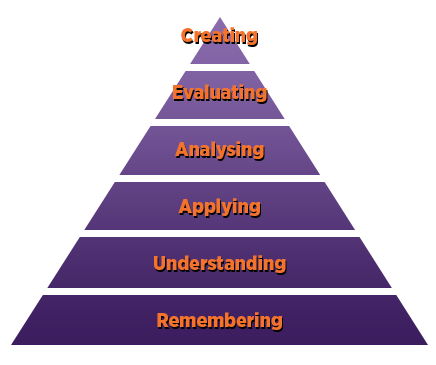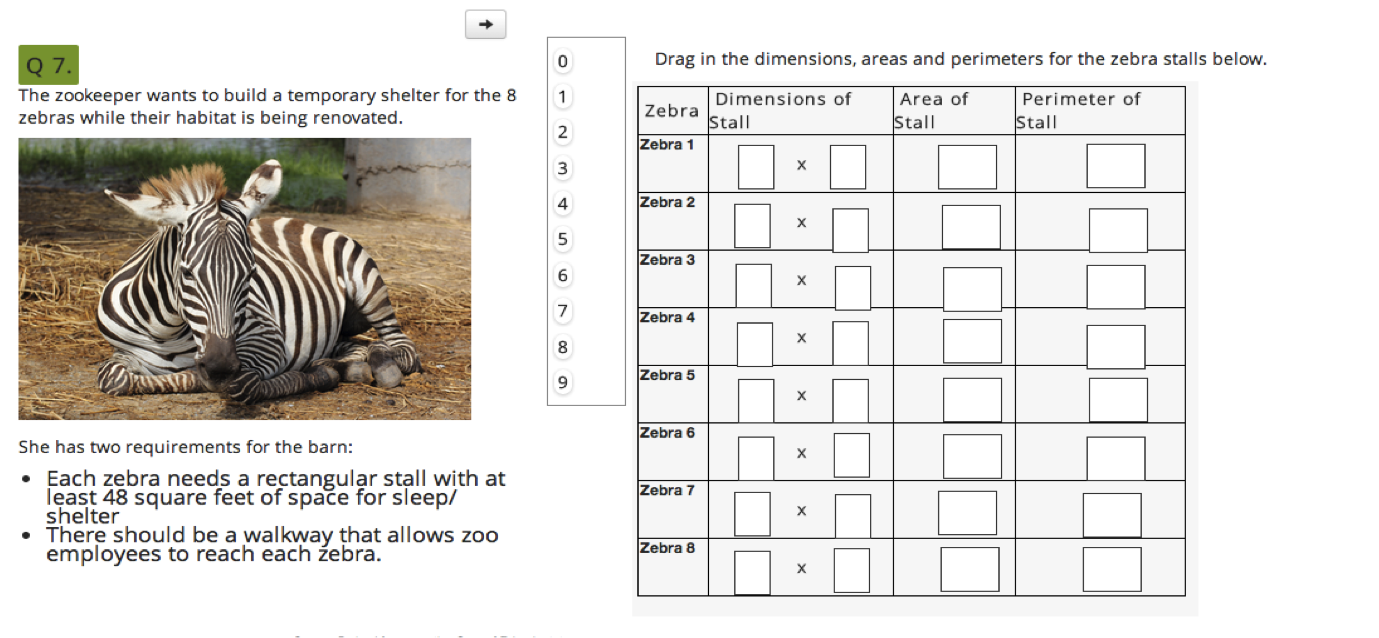
Curbing the Common Core Confusion
by Talia Arbit, K12 Community Engagement, Edcite
In recent years, the Common Core State Standards (CCSS) have made headlines across the country. CCSS has been a buzzword amongst teachers, parents and students alike. Most of all, the current controversy has sparked confusion that has left teachers wondering: how will these standards impact my teaching and, more importantly, my students?
What is the Common Core, really?
In order to best tackle what the Common Core is, we must understand what it is not. It is not a set curriculum. It is not a test.
The Common Core is a set of standards outlining the necessary skills for each grade level. Third grade ELA students should be able to identify the main theme of a text. Fifth grade math students should be able to calculate the volume of a 3-D object. But the standards themselves refrain from prescribing in what order, or in what manner to teach the necessary skills. To assess these skills, individual states have signed up with different testing consortia (the most notable being SmarterBalanced and PARCC).
Higher Level Thinking
The Common Core standards were initially created in an effort to increase the rigor and thinking skills required in classrooms and to encourage “college and career readiness” amongst the next generation of American students. The standards accomplish this by pushing students to higher levels of Bloom’s Taxonomy. Instead of asking students to simply remember, the standards require students to analyze and create.
For example, in this Common Core-aligned assignment for 4th graders, students begin by completing mathematical conversions to calculate how much food zebras and monkeys would need in a zoo. The standards assessed here are basic – they call for student application of math calculations, the understanding of metrics, and perhaps the memorization of a conversion technique (levels 1-3 on Bloom’s Taxonomy).
However, this same assignment ends by tasking students to design a temporary zebra shelter. With some general guidelines, students have the freedom to design a shelter with the dimensions of their choice – just so long as all the zebras fit! This question requires significantly more critical thinking, and corresponds to the analysis and evaluation levels of Bloom’s Taxonomy.
Students Explain it All
The Common Core standards place a profound emphasis on reasoning skills. In both ELA and math, students will be required to explain their thinking. In the sample question below, students are not only required to explain the main idea conveyed by the text, but they also need to use evidence from the text to support their answer.
In this middle school math question, students need to explain how they arrived at their answer and describe how the Pythagorean theorem works. In the second part of the question, students explain why a peer’s calculations were incorrect. Overall, this demands a far deeper understanding of the Pythagorean theorem.
The Common Core Loves Literacy
The Common Core ELA standards focus on writing, listening, speaking and reading both fiction and nonfiction texts. Technically, science and history fall under the ELA portion of the Common Core as well, reinforcing subject-specific literacy skills and literacy skills in general. Lastly, even though the Common Core math standards are separate from ELA, students will often need to write answers where they justify their reasoning.
Preparing for the Future
With an intense focus on literacy, reasoning and critical thinking skills, the Common Core State Standards might sound overwhelming. But remember: good teaching is Common Core teaching, and your curriculum likely incorporates many of these skills already.
Talia joined the education world as a Teach for America corps member in 2010. She was one of the founding staff members at KIPP San Jose Collegiate, where she taught both biology and AP Environmental Science while serving as the science department chair. In 2013, Talia began working at Edcite, a platform that provides teachers with rigorous, Common-Core aligned digital resources. She is passionate about working in the field of education technology and ensuring that education equity is achieved in the digital space as well as the classroom.
Follow Talia on Twitter: @taliaarbit
Published on August 11, 2014
Read more stories about: Education Reform.






